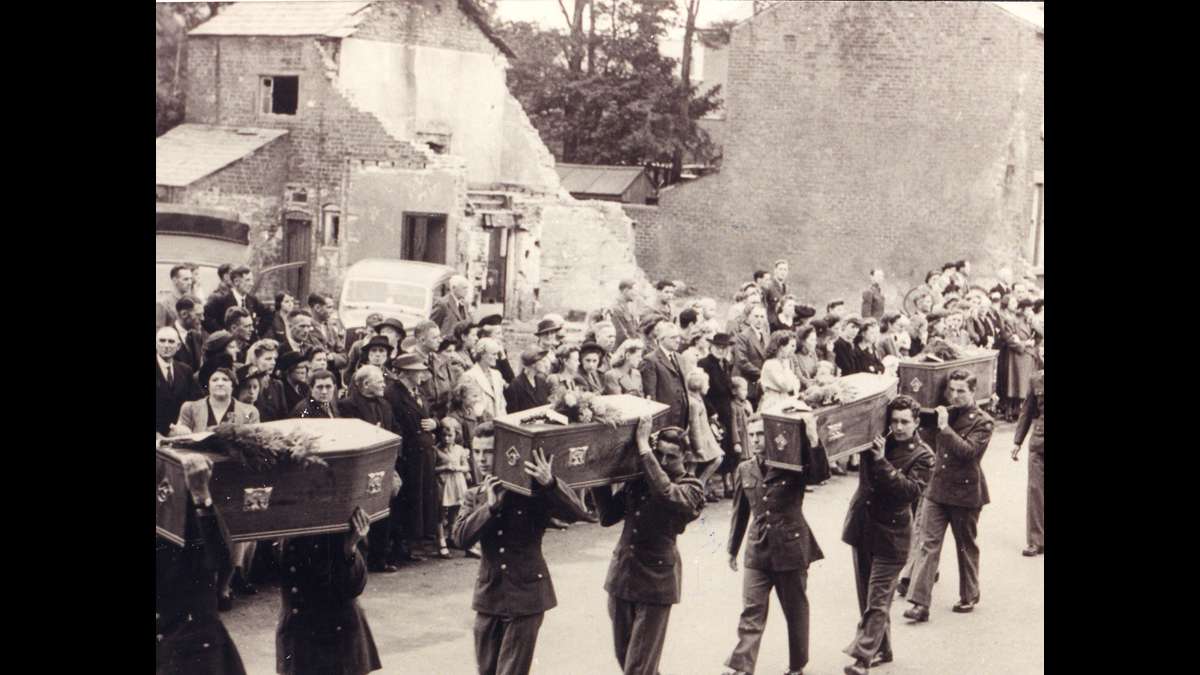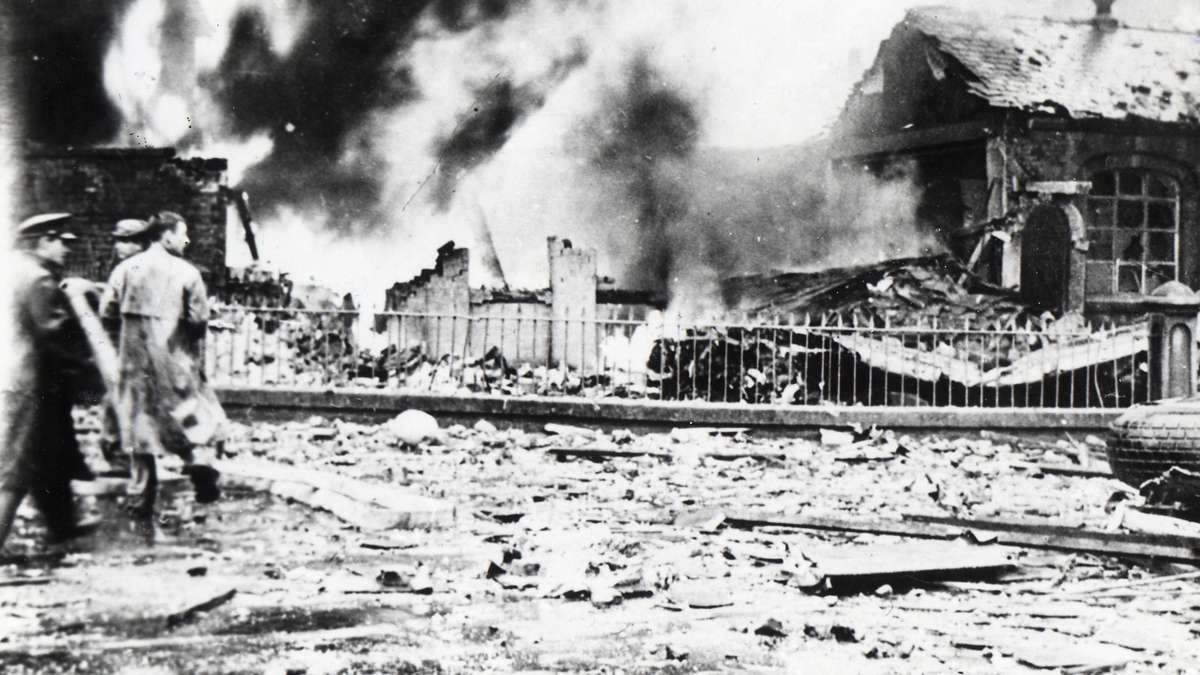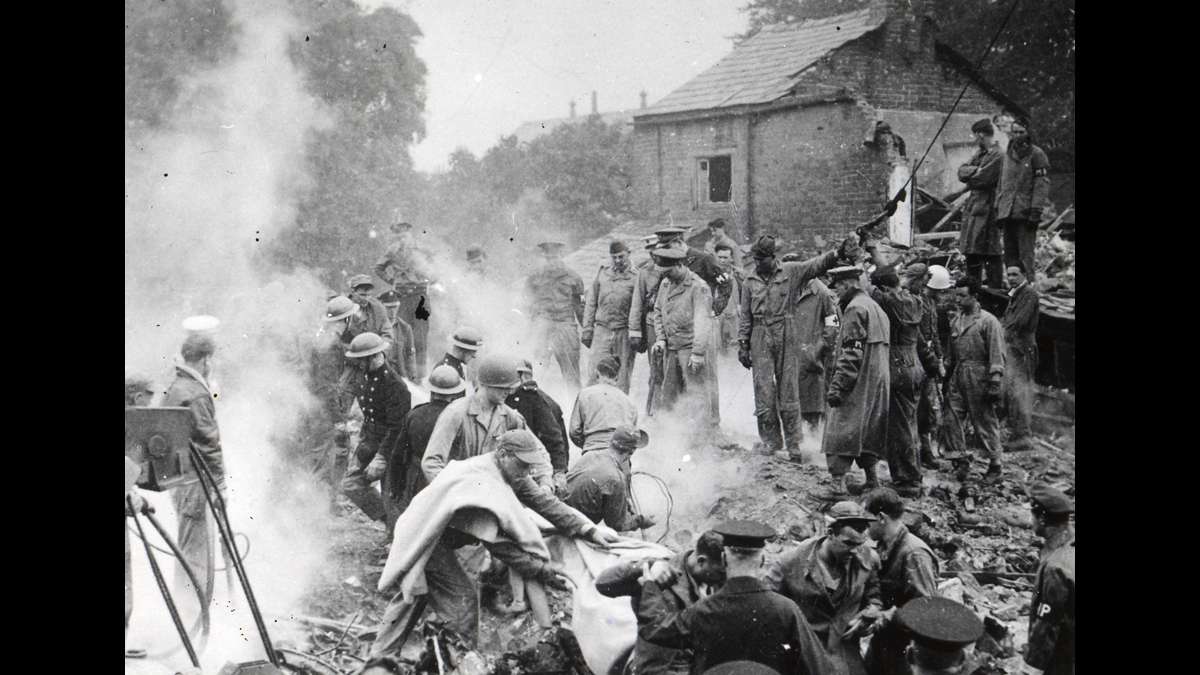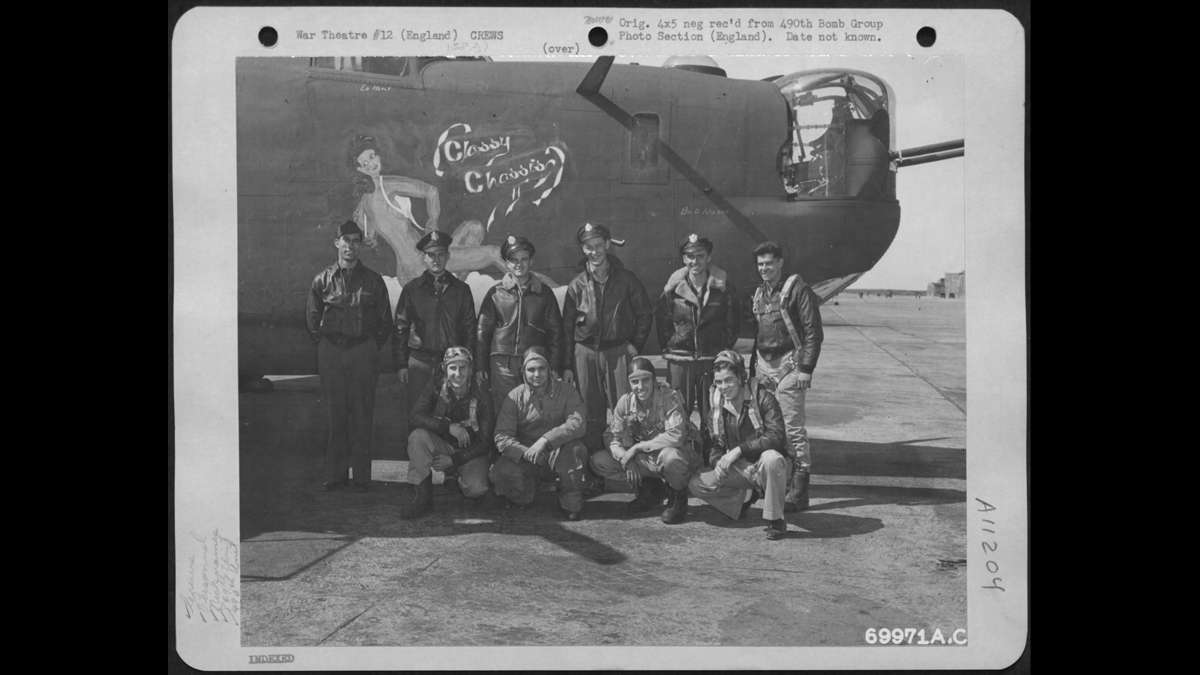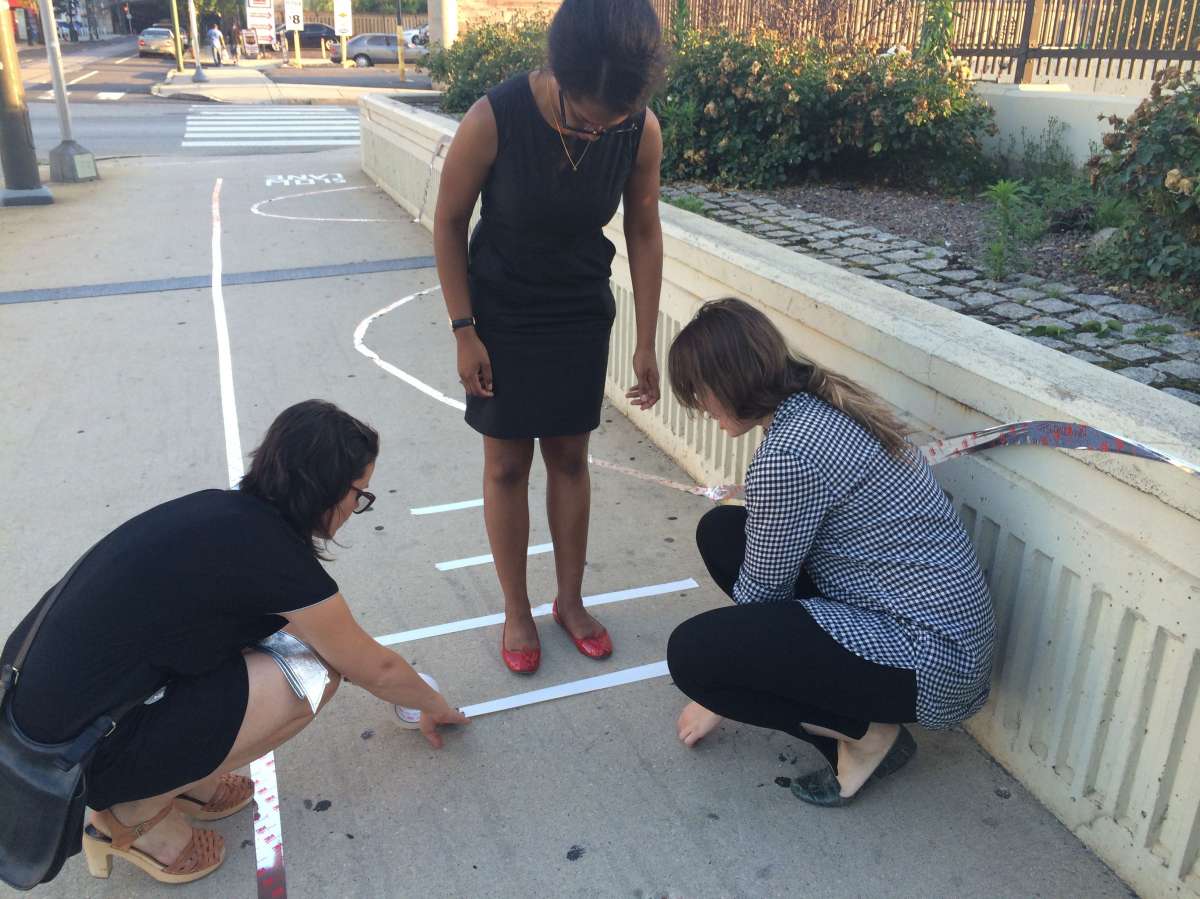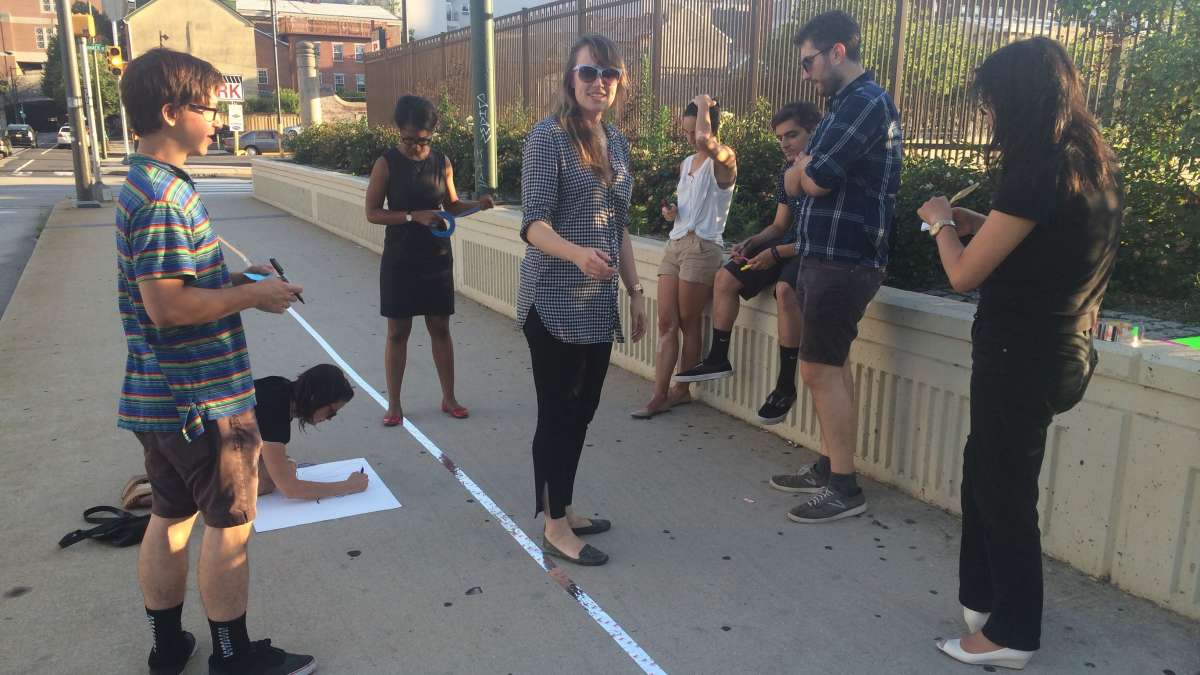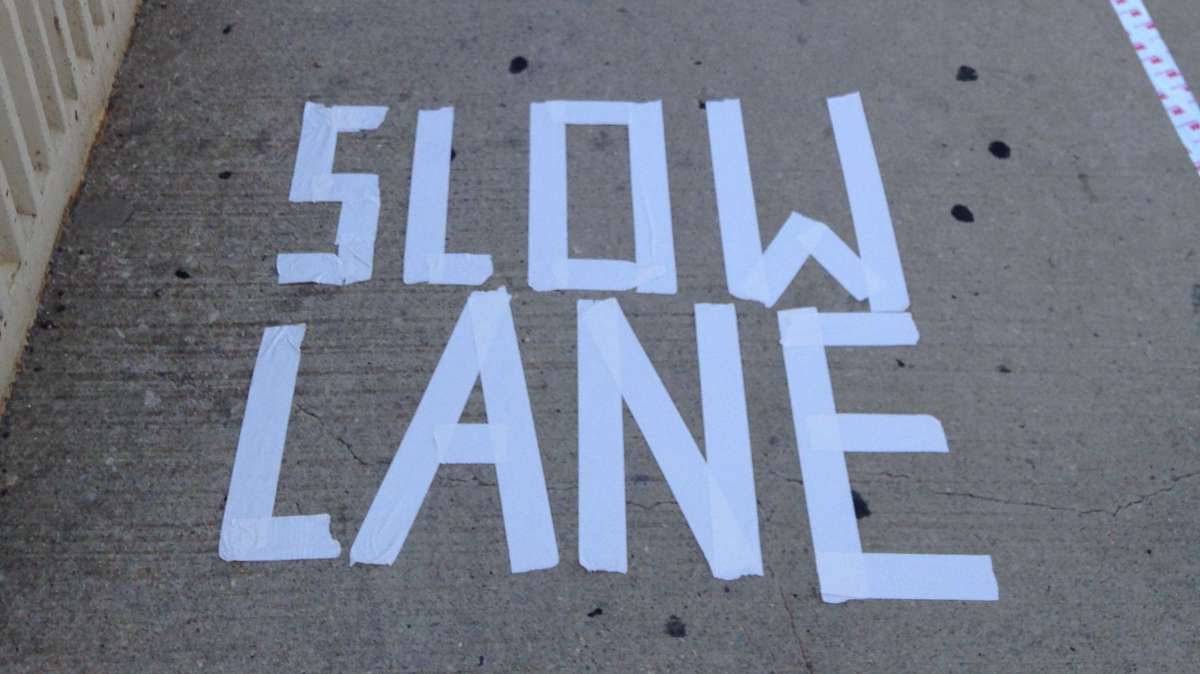Philly League of Creative Interventionists wants you to talk to strangers
One reason people like cities is the way they can foster the “chance encounter,” the unplanned interaction of people who likely never would have met if they were just driving around in their cars.
But these days, many of us walk down the street with our eyes glued to our phones or our attention fixed on what’s coming through our earbuds. That makes it harder to have a chance encounter — or to even notice other people.
The League of Creative Interventionists is hoping to change all that. The league is a global network started by a San Francisco-based artist named Hunter Franks. According to its website, the network “creates shared experiences in public space.” Its goal is to “break down social barriers” and foster connections between people in their communities.
Every month, Franks decides on a theme, such as “neighbor,” “play,” or “love.” Chapters in various cities — including Minneapolis, Cologne, Germany, and now Philadelphia — interpret that theme to come up with an “intervention.” An intervention is something designed to make people stop in their tracks and notice each other. It may well involve duct tape and/or a Polaroid camera.
One example: several chapters did a project called “First Love.” Volunteers asked pedestrians to write down their “first love,” whether a boyfriend or girlfriend, child, object (as one person wrote, Crayola crayons), or something else. The league posted answers on a wall next to Polaroid photos of participants. During another intervention in Minneapolis, the league covered a bus stop with paper and asked people to write down how they “play”.
This year, Franks received a grant of more than $55,000 from the Knight Foundation to bring the network to four more cities, including Philadelphia. He spent several weeks here in June.
Now that Franks has headed back to San Francisco, locals Katey Metzroth and Kate Zmich will lead the Philly chapter of the league. Metzroth is a team member at Second Muse, a management consulting firm. Zmich works at Smith Memorial Playground and Playhouse in Philadelphia.
With Franks’ help, Metzroth, Zmich, and several volunteers created an intervention in June around the theme “slow.”
“We talked about different ways to get Philadelphians to slow down,” Metzroth says. The team used duct tape to outline a so-called “slow lane” on the sidewalk near the Asian Arts Initiative on 12th Street. They built a hopscotch board, as well as a sign encouraging people to stop and dance.
“This interrupts that traditional pattern in an urban setting,” she says. “It forces people to act in a way that’s different from what they’re used to.”
But, at its core, the league is about much more than hopscotch or sidewalk dancing, Metzroth says. It’s about “conversations and the creation of shared stories,” she says. “It’s not the physical that I’m as interested in as the social.”
Metzroth says interventions could work in the suburbs or rural areas as well, but they are more fitting in cities.
“We have at our disposal access to people, divergent ideas, talents and energy that it’s harder to find in more disperse living situations,” she says. “That’s the advantage to being in an urban setting. I hope the league becomes a mechanism for bringing those different voices together.”
The Philadelphia chapter will launch its next intervention at the Philadelphia Night Market on Aug. 14 on Lancaster Avenue in West Philadelphia. The idea for the intervention is still taking shape, but the final product will revolve around the theme “history.”
And it will involve stickers.
WHYY is your source for fact-based, in-depth journalism and information. As a nonprofit organization, we rely on financial support from readers like you. Please give today.



